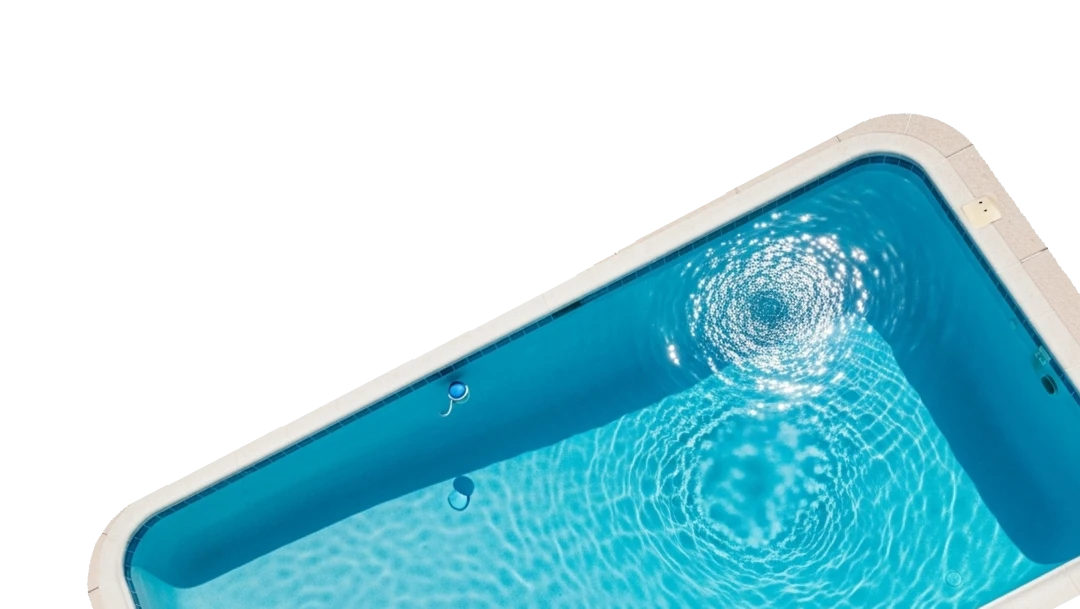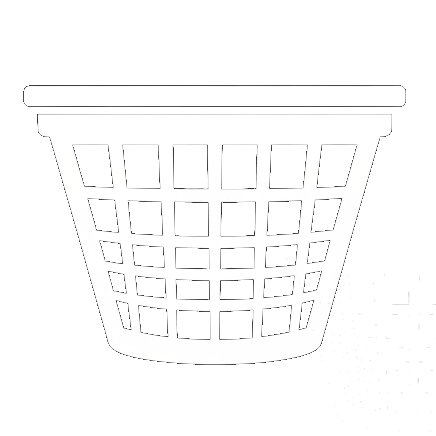How to Find a Leak in an Inground Pool Liner A leak in your inground pool liner can turn your backyard oasis into a s

A leak in your inground pool liner can turn your backyard oasis into a source of frustration, water loss, and unexpected repair costs. Vinyl pool liners are durable, but even a small tear or pinhole can cause significant water loss over time. If you’re in Arizona and suspect your pool has a leak, this article will walk you through the signs, detection methods, and why Optimal Pool Leak Detection is your trusted local expert for fast, accurate, and stress-free pool leak detection and repair.
What Are the Signs of a Leak in Your Pool Liner?
The first step in finding a leak is knowing what to look for. Common signs of a pool leak include:
- Unexplained water loss of more than 1–2 inches per week
- Wet spots or puddles around the pool deck, even when it hasn’t rained
- Visible tears, holes, or bulges in the vinyl liner
- Increased chemical usage or difficulty maintaining water balance
- Algae growth or cloudy water due to dilution
- A sudden spike in your water bill
If you notice any of these signs, you may have a leak in your vinyl liner or elsewhere in your pool system.
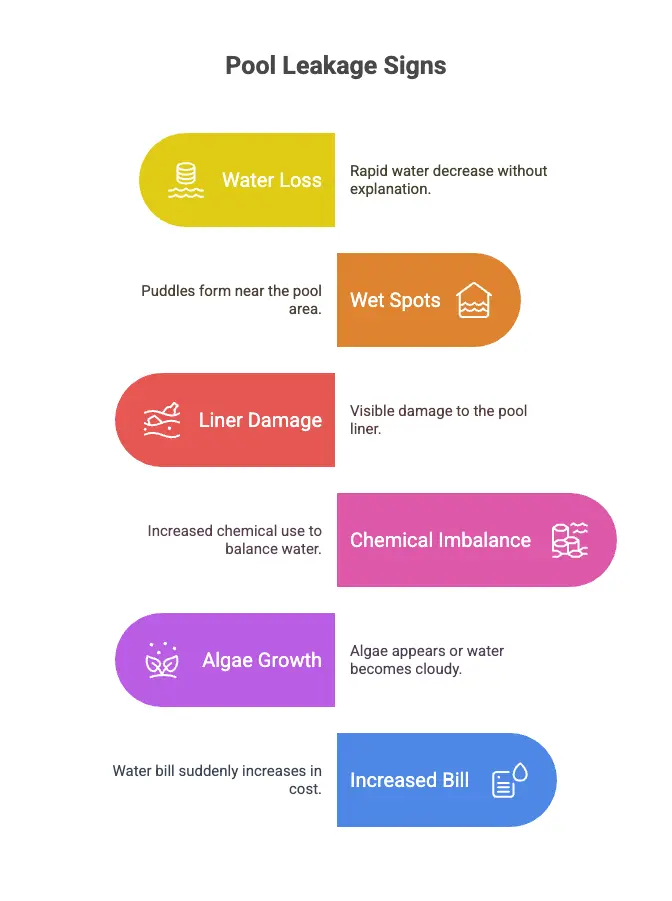
How Can You Tell If It’s a Leak or Just Evaporation?
Before searching for a leak, rule out evaporation. In Arizona’s dry, hot climate, pools can lose up to 1/4 inch of water per day. To confirm a leak, try the bucket test:
- Fill a bucket with pool water and place it on a pool step.
- Mark the water level inside and outside the bucket.
- Wait 24–48 hours.
- If the pool water level drops more than the bucket’s, you likely have a leak.
Where Are the Most Common Places for a Liner Leak?
Leaks in vinyl pool liners often occur:
- Along seams and corners, where the liner is stretched or under stress
- Around fittings like skimmers, returns, and pool steps
- On the pool floor, especially in areas where debris collects or the liner is loose
- Near the edges where the liner meets the pool wall
Inspect these areas closely, as pinholes and small tears can be hard to spot.
How Do You Visually Inspect Your Vinyl Liner for Leaks?
Start by walking around your pool and looking for visible holes, tears, or bulges in the liner. Use a diving mask and snorkel to get a close look at the pool floor and walls. Run your fingers along seams and corners to feel for soft or squishy spots. Pay attention to areas where the liner is loose or appears stretched, as these are prone to leaks.
Corners, seams, and spots where the liner meets pool steps or fittings are common places for small holes or tears. Take your time and check the liner inch by inch.
What Is the Dye Test and How Does It Work?
The dye test is a simple and effective way to confirm the location of a suspected leak:
- With the pool pump off, squirt a small amount of pool dye or food coloring near the suspected area.
- Watch to see if the dye is drawn into the liner—this indicates a leak.
- Repeat the process around seams, fittings, and any visible damage.
The dye test works best when you’re close to the leak, as dye will not travel far to find a small hole.
How Can You Pinpoint the Exact Location of the Leak?
If visual inspection and dye tests don’t reveal the leak, check for:
- Wet or soft spots around the outside of the pool
- Water loss that stops at a certain level (often indicating a leak at that height)
- Leaks around pool equipment, skimmers, or return fittings
For stubborn leaks, professional leak detection tools—like electronic listening devices and pressure testing—can pinpoint the exact location without guesswork.
What Tools Do Professionals Use for Leak Detection?
Professional pool leak detectors, like Optimal Pool Leak Detection, use advanced tools, including:
- LeakTronics electronic listening equipment to hear leaks behind the liner or in plumbing
- The VILO Vinyl Liner Leak Detection Kit for scanning the liner for pinholes and tears
- Pressure testing to check plumbing lines and fittings
- Specialized dyes and moisture meters for hard-to-find leaks
These tools allow for fast, accurate leak detection with minimal disruption to your pool.
When Should You Call a Pool Leak Detection Specialist?
If you’ve tried visual inspections and dye tests but still can’t find the leak—or if you suspect a leak in underground plumbing, steps, or fittings—it’s time to call Optimal Pool Leak Detection. Our team has the experience, technology, and expertise to find and fix leaks that DIY methods can miss. Fast detection prevents further water loss, structural damage, and costly repairs.
How Are Pool Liner Leaks Repaired?
Small holes or tears can often be patched with a vinyl patch kit:
- Clean and dry the area around the leak
- Cut a patch slightly larger than the hole, rounding the edges
- Apply adhesive and press the patch firmly over the leak
- Allow the adhesive to cure per manufacturer instructions
For larger or multiple leaks, or if the liner is old and brittle, replacement may be the best option. Optimal Pool Leak Detection provides honest recommendations and quality repair services for every situation.
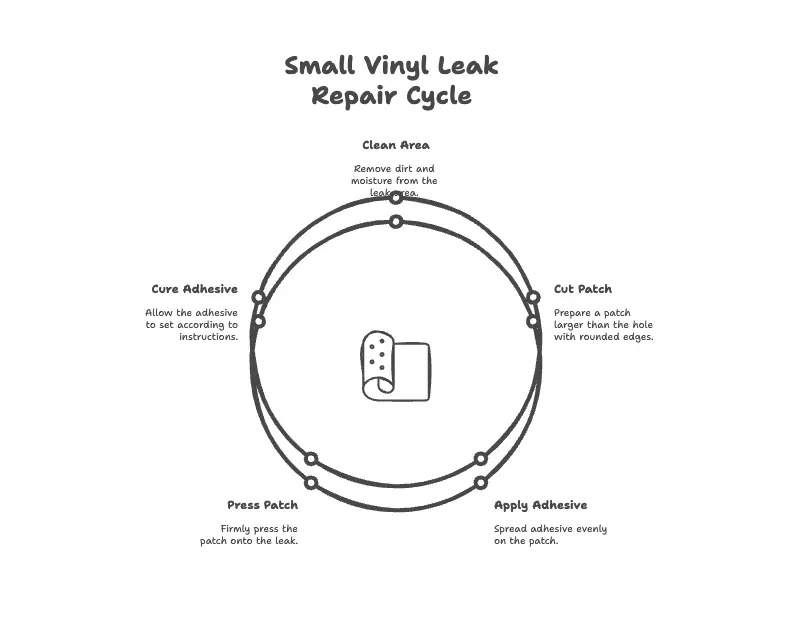
Why Choose Optimal Pool Leak Detection in Arizona?
- Local experts specializing in pool leak detection and repair
- Use of Leaktronics’ industry-leading technology for accurate results
- Fast, friendly, and professional service
- Honest assessments and clear communication
- Serving pool owners across Arizona
We help you find and fix pool liner leaks quickly—so you can get back to enjoying your swimming pool with confidence.
Key Takeaways: How to Find a Leak in an Inground Pool Liner
- Watch for signs like unexplained water loss, wet spots, and visible liner damage.
- Use the bucket test to distinguish between evaporation and a leak.
- Inspect seams, corners, fittings, and the pool floor for holes or tears.
- Try the dye test to confirm the location of a leak.
- For stubborn leaks, call Optimal Pool Leak Detection for professional service with Leaktronics equipment.
- Patch small holes with a vinyl patch kit; replace the liner for extensive damage.
- Regular inspections and prompt repair keep your vinyl pool leak-free and ready for fun.
If you suspect a leak in your vinyl pool liner, don’t wait—contact Optimal Pool Leak Detection for expert help and reliable repairs in Arizona!
Other ARTICLES

.webp)
.webp)
Pool Leak Solutions For You
Protect Your Pool Investment.
Claim Your Free Quote Now!
